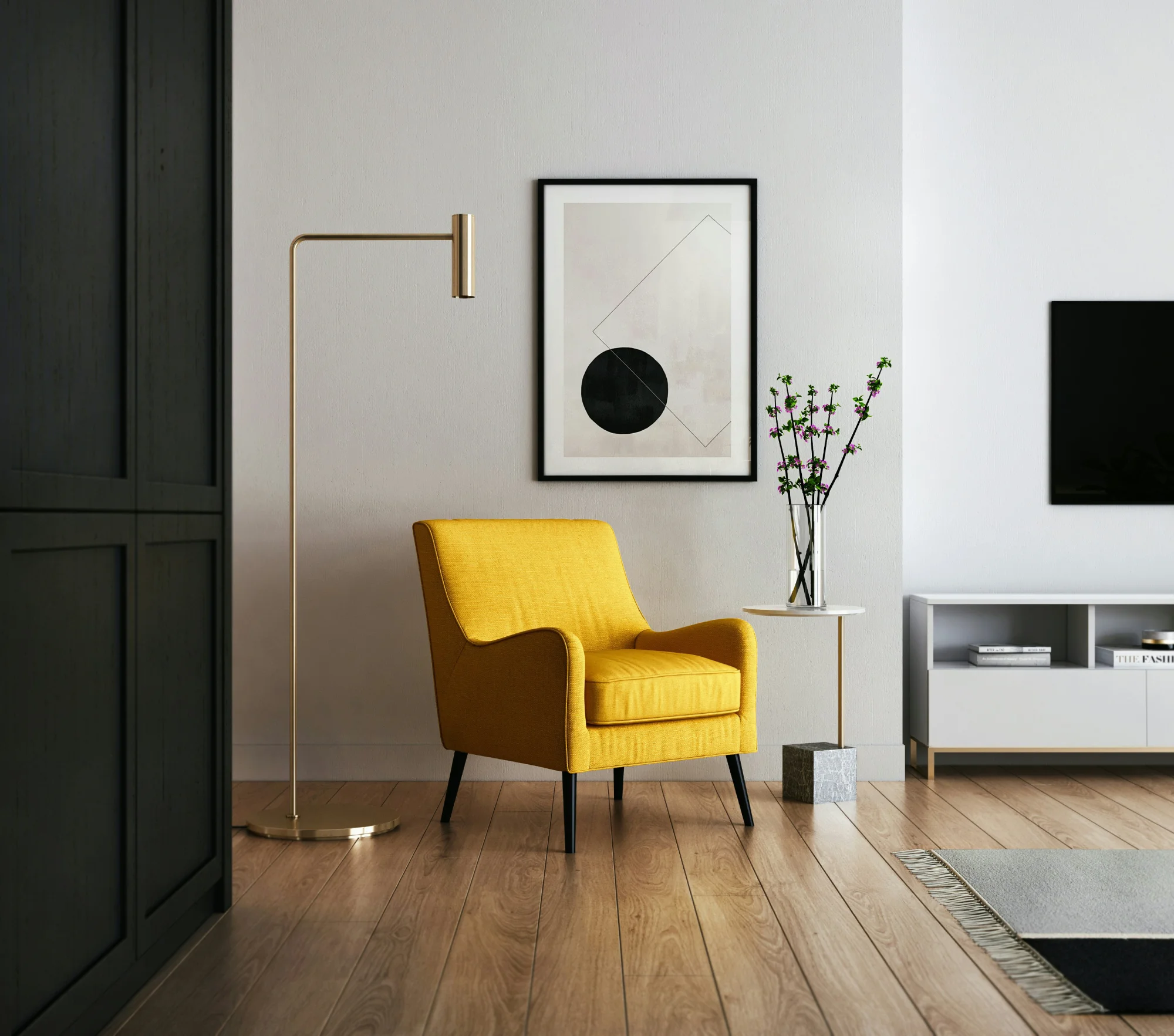Furnishing a home can be an exciting endeavor. It’s a chance to express your personal style and create a comfortable living space.
However, it’s not without its challenges. One wrong move can lead to common furniture mistakes that disrupt the room layout.
Perhaps you’re buying a new home and starting from scratch. Or maybe you’re simply looking to refresh your current space. Either way, avoiding these pitfalls is crucial.
In this guide, we’ll explore six common furniture mistakes. We’ll delve into why they happen and how to avoid them.
From design fails to practical considerations, we’ve got you covered. By the end of this article, you’ll be well-equipped to create a functional and aesthetically pleasing space.
So, let’s dive in and learn how to avoid these common furniture mistakes.
1. Not Measuring Your Space
One of the most common furniture mistakes is not measuring your space. It’s easy to fall in love with a piece of furniture at the store. But if it doesn’t fit in your room, it’s a problem.
Buying furniture without considering the size of your room can lead to overcrowding. It can also disrupt the flow of the room. Here are some key points to remember:
- Measure the room’s dimensions.
- Note the size of doorways and staircases for delivery.
- Consider the scale of other furniture in the room.
Why Size Matters
The size of your furniture can greatly impact the aesthetics of your room. Too large, and the room feels cramped. Too small, and the room feels sparse and unbalanced.
It’s not just about fitting the furniture in the room. It’s about creating a balanced and harmonious space.
Tips for Accurate Measuring
When measuring your space, be thorough. Measure the length, width, and height of the room. Don’t forget to measure doorways and staircases for delivery.
Also, consider the scale of other furniture in the room. A large sofa might dwarf a small coffee table, for example. Strive for balance in your furniture choices.
2. Overlooking Room Flow and Functionality
Another common furniture mistake is overlooking the room’s flow and functionality. Furniture placement should not only look good but also make sense. It should facilitate easy movement and serve the room’s purpose.
Here are some points to consider when arranging your furniture:
- Leave enough space for people to move around comfortably.
- Arrange furniture in a way that facilitates conversation.
- Consider the room’s purpose and arrange furniture accordingly.
The Importance of a Functional Layout
A functional layout is crucial for any room. It’s not just about aesthetics. The way you arrange your furniture can affect how you use the room.
For example, in a living room, the furniture should be arranged to facilitate conversation. In a bedroom, the bed should be easily accessible from all sides.
How to Plan for Traffic Patterns
Planning for traffic patterns is also important. You should be able to move around your room easily. This means leaving enough space around furniture and not blocking pathways.
Also, consider how the room will be used. For example, in a dining room, there should be enough space for people to move around the table.
3. Choosing Furniture Solely Based on Looks
It’s easy to fall in love with a piece of furniture because of its design. However, choosing furniture based solely on looks is a common mistake. It’s important to consider both form and function.
Here are some things to keep in mind:
- Test furniture for comfort before buying.
- Consider the durability of the materials.
- Think about the long-term functionality of the piece.
The Balance of Form and Function
While aesthetics are important, they should not be the only factor in your decision. A beautiful piece of furniture that is uncomfortable or impractical will not serve you well.
Strive for a balance between form and function. Choose pieces that are both attractive and useful.
Comfort and Durability Over Trends
Trends come and go, but comfort and durability are always in style. Don’t be swayed by the latest fad. Instead, choose furniture that you’ll be happy with for years to come.
Remember, a quality piece of furniture is an investment. It should stand the test of time, both in terms of style and durability.
4. Ignoring the Room’s Purpose
When selecting furniture, it’s crucial to consider the room’s purpose. This is a common mistake that can lead to a room that looks great but doesn’t meet your needs.
Here are some tips to avoid this mistake:
- Think about how you will use the room.
- Consider the needs of all family members.
- Choose furniture that supports the room’s function.
Selecting Furniture That Suits Your Lifestyle
Your lifestyle should guide your furniture choices. For example, if you have young children or pets, you’ll need durable, easy-to-clean furniture.
If you love to entertain, you might need extra seating or a large dining table.
Furniture for Living, Not Just for Show
Remember, your home is for living, not just for show. Choose furniture that makes your life easier and more comfortable.
Don’t sacrifice functionality for aesthetics. The best rooms are both beautiful and practical.
5. Mismatched Furniture and Lack of Cohesion
Mismatched furniture and a lack of cohesion can make a room feel disjointed. This is a common furniture mistake that can be avoided with careful planning.
Here are some tips to avoid this mistake:
- Plan a cohesive design theme.
- Choose furniture that complements each other.
- Don’t be afraid to mix and match styles, but do it thoughtfully.
Creating a Harmonious Design Theme
A harmonious design theme can make a room feel cohesive and inviting. This involves choosing furniture and accessories that work well together.
Consider the color, style, and scale of each piece. They should complement each other, not compete for attention.
The Art of Mixing and Matching
Mixing and matching furniture styles can add interest to a room. But it’s important to do it right.
The key is to find a common element, like color or material, that ties the pieces together. This creates a balanced, cohesive look.
6. Neglecting Lighting and Accessorizing
Lighting and accessorizing are often overlooked in the furniture planning process. However, they play a crucial role in enhancing the overall look and feel of a room.
Here are some tips to avoid this mistake:
- Include lighting in your furniture plan.
- Use accessories to enhance the space.
- Choose items that complement your furniture and overall design theme.
Lighting as Part of the Furniture Plan
Lighting should be considered as part of the furniture plan. It can highlight key pieces and create a warm, inviting atmosphere.
Consider the natural light sources in the room. Then, add artificial lighting where needed to ensure the space is well-lit.
Accessorizing to Enhance the Space
Accessories can enhance a space and make it feel more personal. They should complement the furniture and overall design theme.
Choose items that add visual interest and personality to the room. But remember, less is often more when it comes to accessorizing.
Conclusion
Avoiding these common furniture mistakes can greatly improve your room layout. It can make your space more functional, comfortable, and aesthetically pleasing.
Remember, the key is to plan ahead and consider all aspects of your space before making any furniture decisions. Happy decorating!




